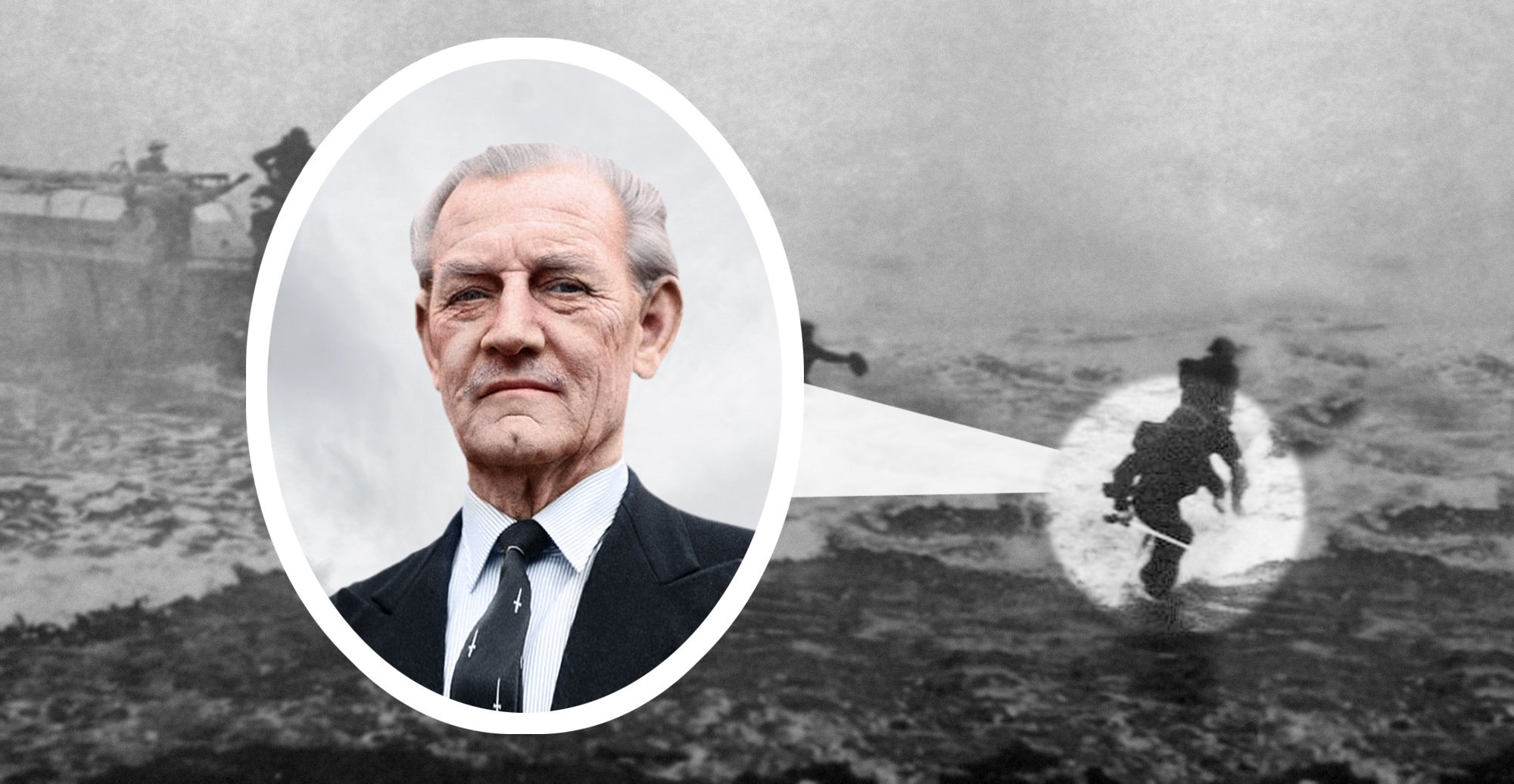John Churchill, fondly referred to as Jack, is said to have marched into battle against the fearsome Wehrmacht carrying a set of bagpipes, a basket-hilted Scottish claybeg, and a longbow.
Was he unbelievably heroic?
Was he a madman?
Or were the tales about him merely the fabrication of some creative and patriotic minds that wanted to portray the image of the gallant British soldier with the stiff upper lip?
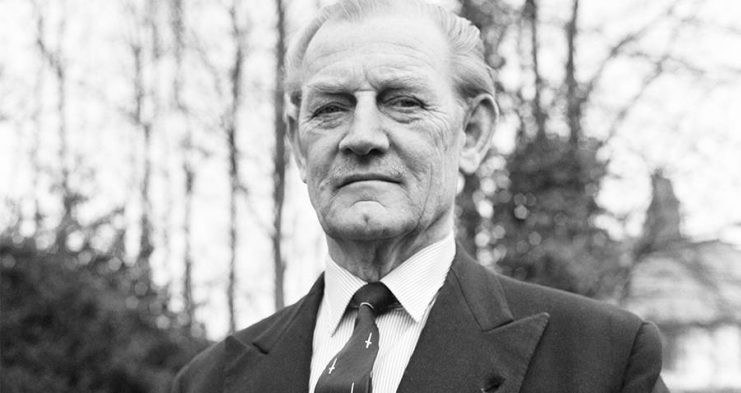
This article aims to seek out the truth behind the boldest officer in the British army or the greatest load of tripe ever told.
In 1940, the ill-prepared British fled like rabbits in the face of the advancing German Wehrmacht. The Nazis drove the once proud British Expeditionary Force all the way to Dunkirk.
It would be the beginning of one of the largest naval evacuation in human history and would involve quite a few heroic tales.
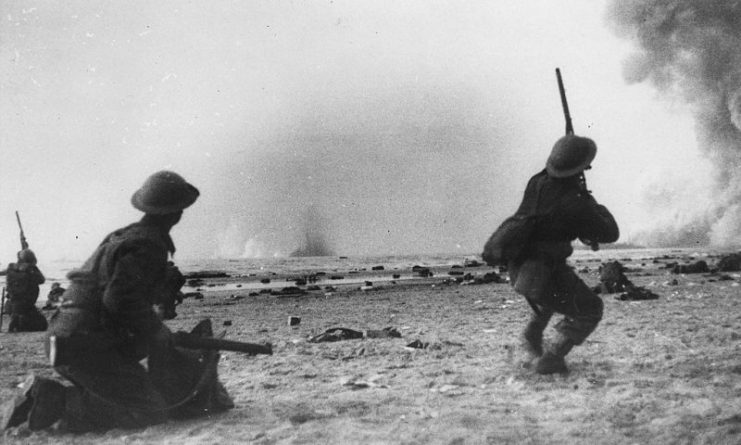
It is true that there were brave souls who fought valiantly, many of them giving their lives for King and Country. Yet, the ‘Blitzkrieg’ tactics of the Wehrmacht were just too much. The British were backed up against the North Sea and forced to fight another day.
One man stood out among many in the face of this Nazi behemoth, and that was “Mad Jack” or “Fighting Jack Churchill” as his friends and contemporaries called him. Churchill might have been small of stature with distinctive angular features, but he lived up to his reputation and sobriquet.
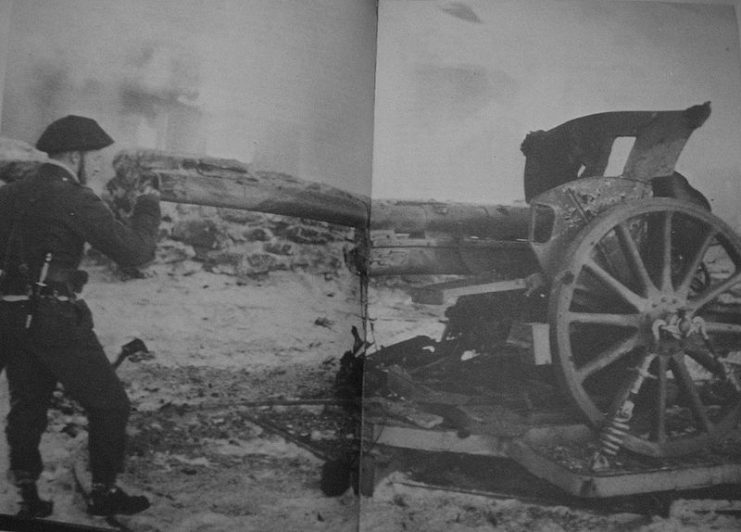
On May 27, 1940, from a hill in the French village of L’Epinette near Richebourg, Churchill and two infantrymen watched the enemy approach.
Five Germans were less than 30 yards (27 meters) away. Calmly, Churchill took his longbow, aimed, and shot an enemy sergeant right in the heart. John Malcolm Thorpe Fleming Churchill was born in Colombo, Sri Lanka (then Ceylon) to Alec Fleming Churchill and Elinor Elizabeth Churchill, née Bond Bell.
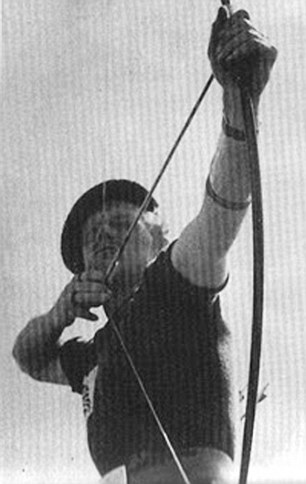
He was educated at King William’s College on the Isle of Man, and later he graduated from the Royal Military College at Sandhurst in 1926 after which he served in the Manchester Regiment stationed in Burma.
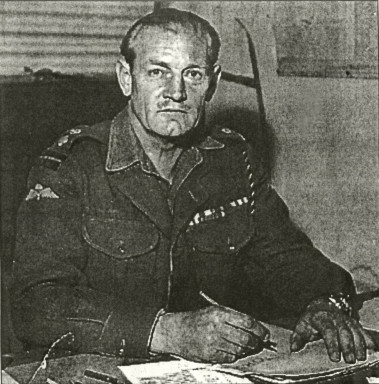
Churchill was a man of many talents. When he left the army in 1936, he worked as a newspaper editor in Nairobi, Kenya. According to some sources, he also dabbled in a little male modeling – quite something for one of the heroes of the British Empire.
Before World War II, in 1939, he represented Great Britain at the World Archery Championships in Oslo.
Churchill even appeared in a small role in the film The Thief of Bagdad as well as one in Ivanhoe, aptly showing off his archery skills.
But it was his actions at L’Epinette that earned him his first real fame.
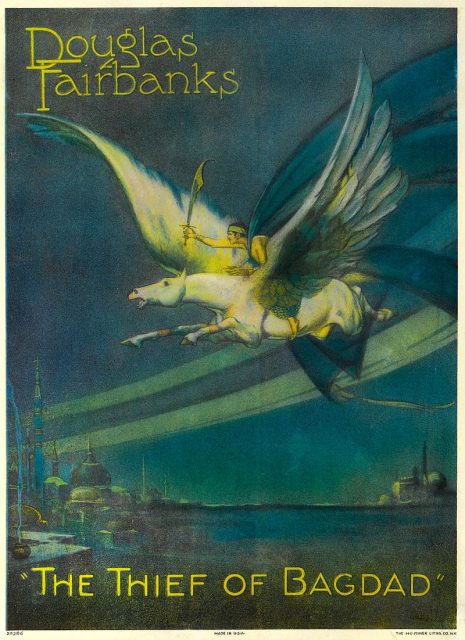
One and a half years after that incident, Churchill led his unit playing the bagpipes all along the coast of German-occupied Norway. It is said that he struck up the traditional Scottish song The March of the Cameron Men.
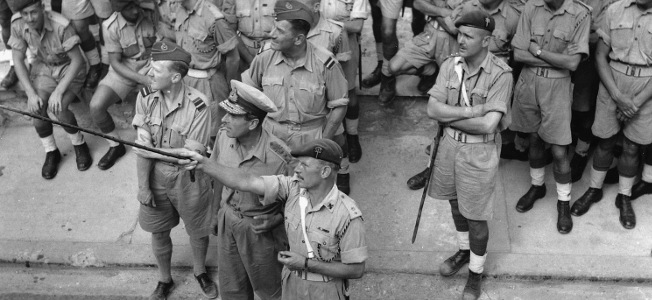
It was also here, brandishing his sword, that he somewhat laconically said, “Any officer who goes into battle without a sword is improperly dressed.”
This might sound far-fetched, but in 1996, one British newspaper had the following to say in Churchill’s obituary:
“Had Churchill not existed, it would have been impossible to invent him – no fictional hero with his story would seem credible.”
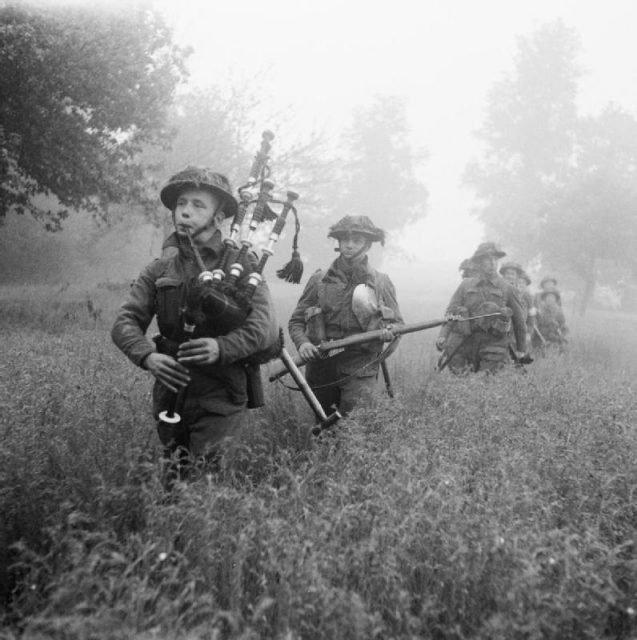
Churchill shot arrows with deadly effectiveness at the enemy both to inspire his men and frighten the Nazis – his contemporary British soldiers saw all of this and the Germans felt his wrath.
Unfortunately, there’s very little in the form of historical literature about John Churchill. However, you can discover some pretty amazing stories in popular science books such as the Wonders of Dunkirk by the well-known non-fiction writer Walter Lord.
If you want to know even more about this brave war hero, Tim Moreman, a one-time lecturer at the prestigious London King’s College, mentions him in his book British Commandos of 1940-1946.
But no matter how embellished and exaggerated the stories of this man might seem, he was a hero, and there is plenty of proof of this.
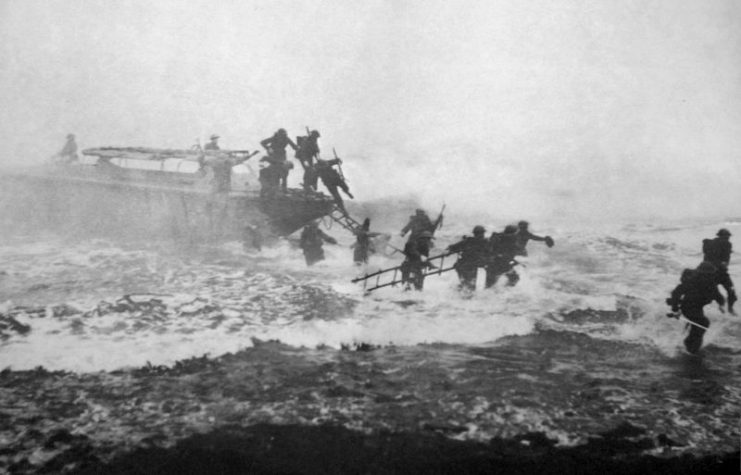
He was an excellent archer, proven by the fact that he represented his country at the World Championships. But books on the history of archery also mention his name in relation to his famous shot at L’Epinette.
There is also the legendary photo depicting the Brit on a beach with his sword. Churchill famously carried a sword into battle, but he wasn’t supposed to.
The British army was very concerned with befitting behavior and the gentlemanly comportment of its officers. And Churchill was certainly not seen as a real role model for his men. The fact that he ended his career with the rank of lieutenant colonel was perhaps evidence of this.
A visit to the London National Archives reveals a war diary belonging to the 4th Infantry Brigade in which Churchill served. In relation to Dunkirk it says: “One of the most reassuring sights was the sight of Captain Churchill as he ran hither and thither with bow and arrow on the beach.”
Churchill was awarded a Military Cross and a Distinguished Service Order (DSO).
He received his DSO for missions in March 1944 in Yugoslavia, where his special unit went in support of Tito’s partisans against the Germans.
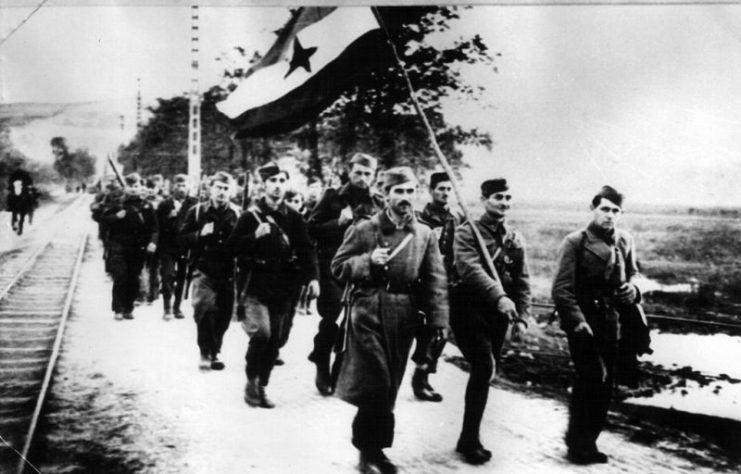
In the application for the award, it was said that Churchill was absolutely fearless when he came under attack.
On one occasion, John Churchill was caught on the Isle of Brac. As his character suggested, he would not surrender until the end.
Despite his hopeless situation, he played “Will Ye No Come Back Again?” on his bagpipe in an attempt to garner help from other units. In the end, shrapnel hit him, causing a loss of consciousness.
As a result, the Germans took him to Special Camp A in the Sachsenhausen concentration camp, which was a separate area for prominent POWs. Apparently, the Germans thought they had caught a nephew of Winston Churchill.
However, the joke was on the Nazis – he was not even a distant cousin of the world-renowned British wartime Prime Minister.
And to add to their ignominy, Churchill broke out of the POW camp with four other British officers by way of a secretly dug tunnel almost as soon as they had captured him.
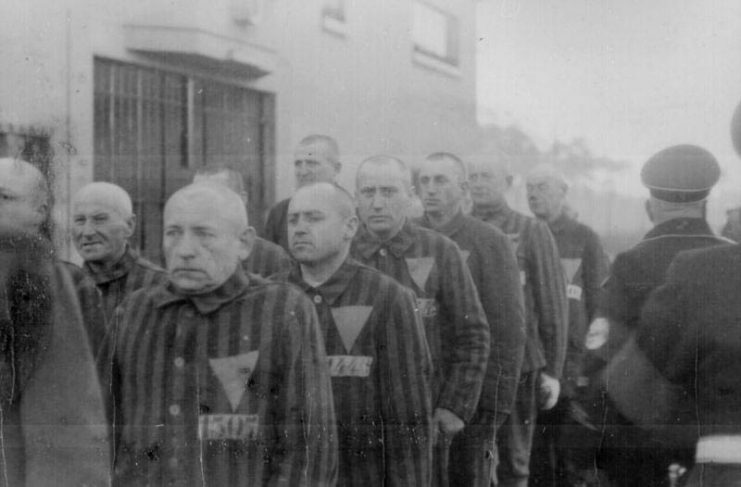
Even though the escape sounds like something out of the 1960s TV series Hogan’s Heroes, it really happened. In the aftermath of the escape, during September 1944, the Germans conducted a massive search for him.
Co-escapee, Bertram Arthur James, later spoke of the daring escape. For days, the two wandered through the woods at night, stealing vegetables and jumping on freight trains.
Churchill sprained an ankle in the process but never complained and kept going until their recapture at Gustrow. James described him as a man of rugged nature and an entertaining narrator of anecdotes.
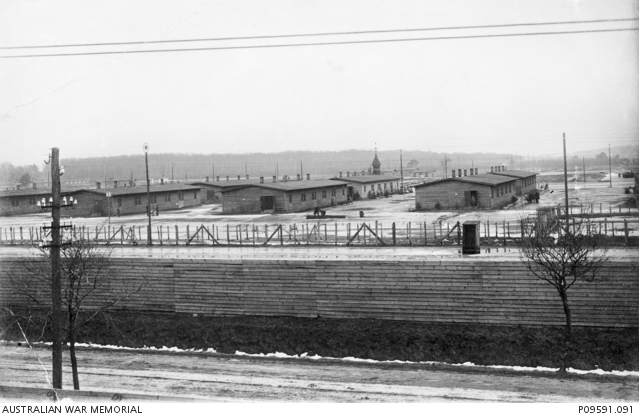
Churchill got lucky again. After his internment at yet another camp in Tyrol, he managed to escape for the second time during the turmoil at the end of the war.
When the guns finally fell silent, he is said to have been bitterly disappointed.
Read another story from us: The British War Hero Who Kept a Human Head on His Desk & Hung His Cooks
This man was a legend: not only as a war veteran and hero but also as a hip surfer. Yes, that’s right. On July 21, 1955, John Churchill rode the first wave of the River Severn, which is the longest river in Britain.
After that feat, he disappeared from public view until his death many years later at the age of 89. It would be his final return to the headlines as newspapers remembered as a hero of epic proportion.
